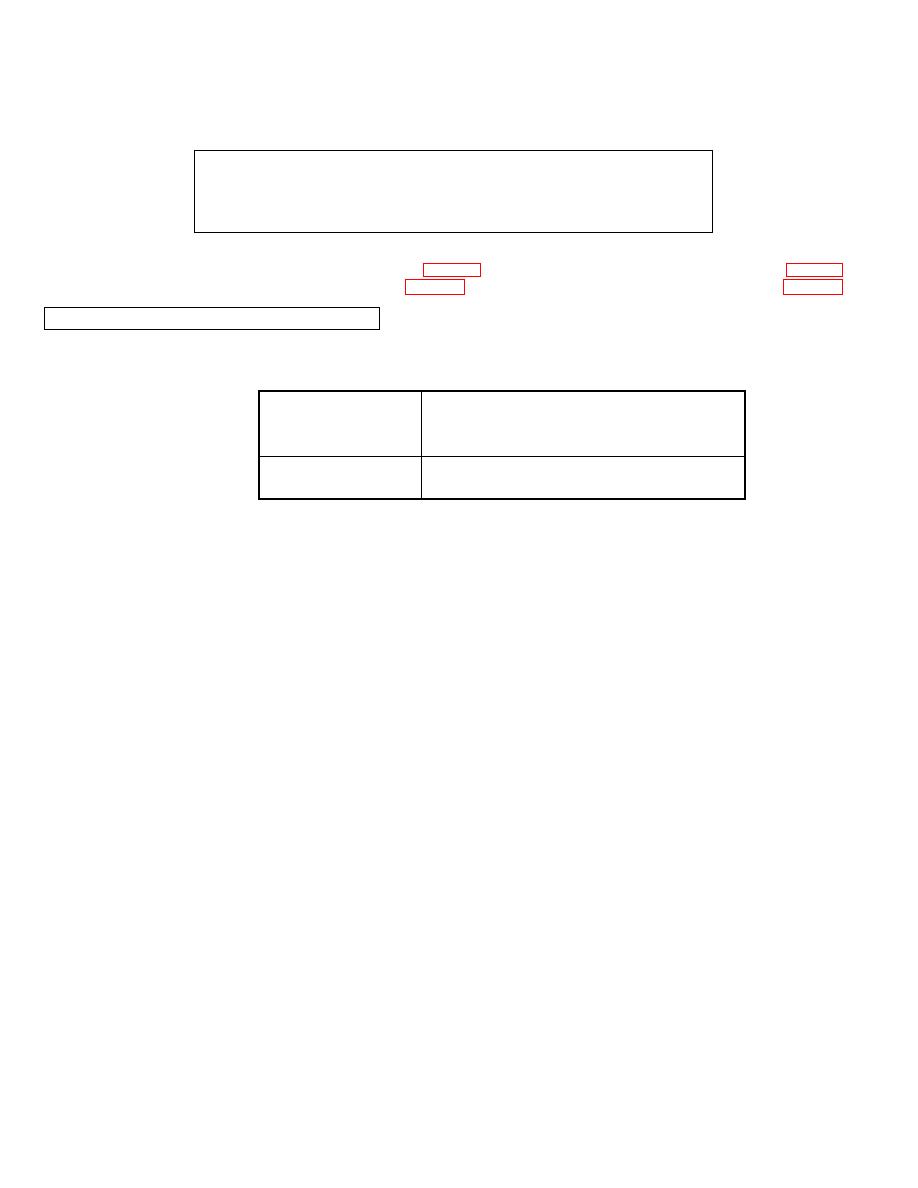 |
|||
|
|
|||
|
Page Title:
Section XIII. PREPARATION FOR STORAGE OR SHIPMENT |
|
||
| ||||||||||
|
|
 TM 9-2320-285-24-1
Section XIII. PREPARATION FOR STORAGE OR SHIPMENT
This section contains the information you need to prepare the equipment
for storage or shipment. It gives you information on preservation,
packaging, packing, and administrative storage.
Para
Para
Preservation and Packaging ......................................
Shipping .........................................................
Packing.......................................................................
Administrative Storage ...................................
2-89.
PRESERVATION AND PACKAGING
a. Cooling System. Check coolant level. If level is low, add clean solution of ethylene glycol antifreeze. Be sure
cooling system contains antifreeze capable of providing protection as outlined below:
Lowest Estimated
Temperature In
Antifreeze Mixture
Geographic Area
Percent By Volume
+20 to -30 degrees F
50% Ethylene Glycol & 50% Water
-30 to -55 degrees F
60% Ethylene Glycol & 40% Water
b. Lubrication System. Check lubricant level. If low, refer to current lubrication order and add lubricant. Operate
engine until lubricant has been circulated through the system. Do not drain oil from crankcase.
c. Openings. Seal openings that will permit direct entry of water using pressure-sensitive tape conforming to PPP-T-
60, type IV. Bridge large openings with water-proof barrier material conforming to PPP-B-1055, and secure edges of
barrier material to adjacent surfaces using pressure-sensitive tape.
d. Fuel Tank. Draining of fuel tank is not required. If fuel tank is empty, no preservation is required.
e. Hydraulic Systems. Retract the cylinders as far as possible. Coat exposed portions of the hydraulic piston ram
shafts with type P-6 preservative (CL) conforming to MIL-C-11796, class 3. Grease, automotive and artillery, conforming
to MIL-G-10924 may be used if type P-6 preservative is unavailable. Wrap the coated shafts with type 1, class 2, grade A,
grease proof barrier material conforming to MIL-B-121.
f.
Air System. Open air reservoir drain cock to relieve all air system pressure.
g. Electrical System. Ensure that batteries are filled, fully charged, and secured in battery compartment. Disconnect
cable terminals and secure to battery support with tape to prevent grounding. Secure battery box hasp with a padlock.
2-938
|
|
Privacy Statement - Press Release - Copyright Information. - Contact Us |